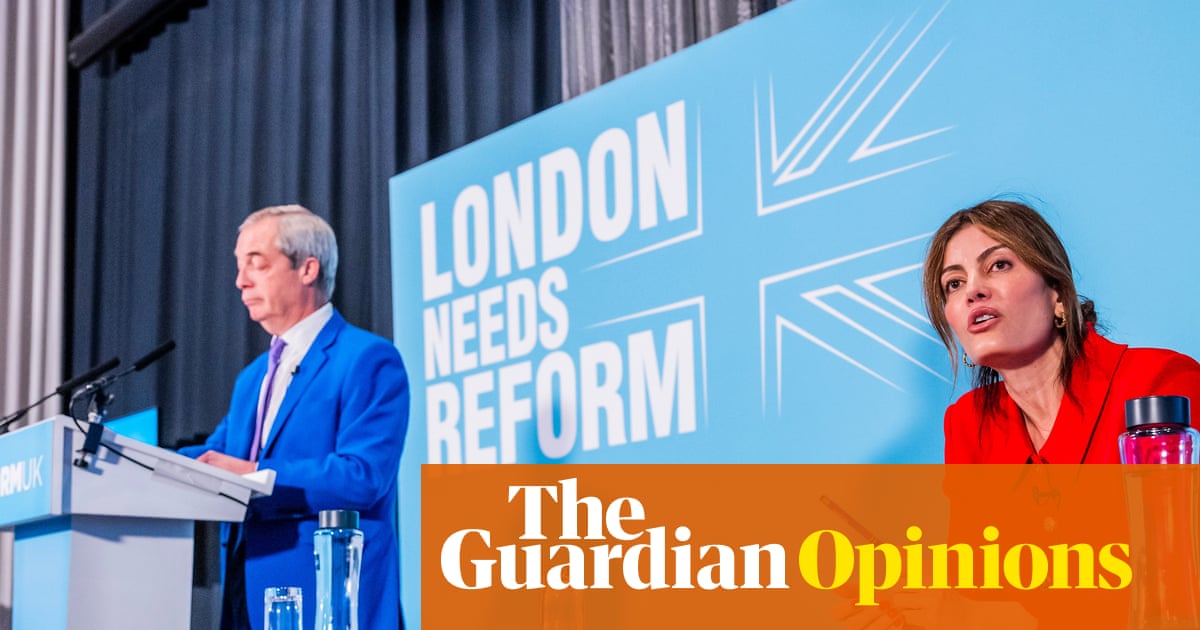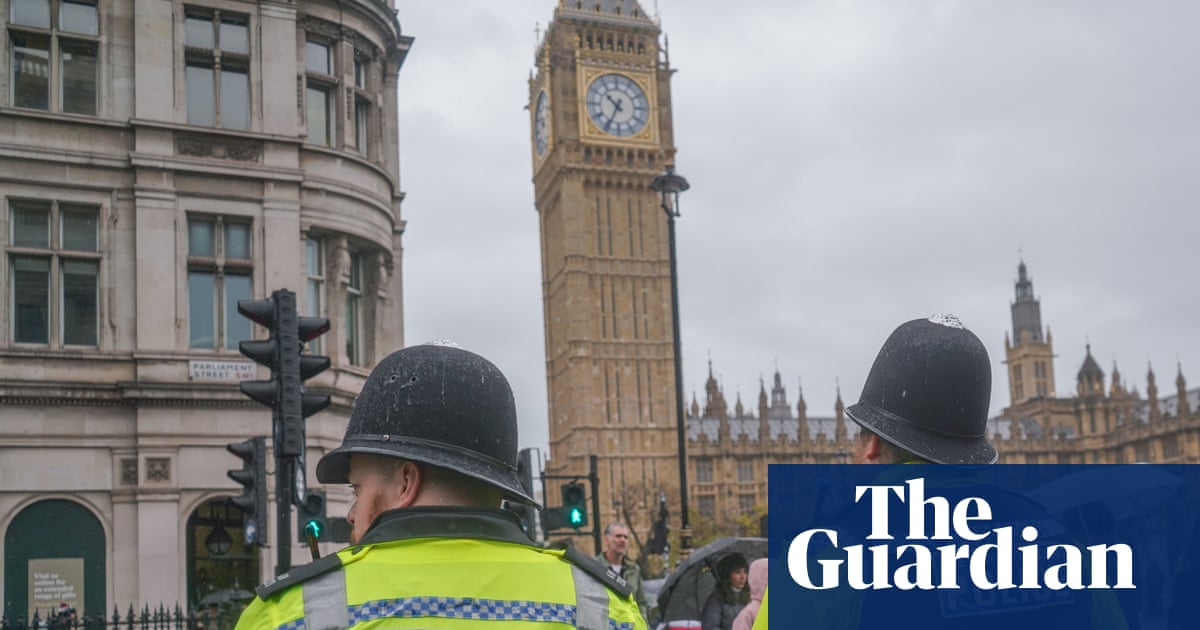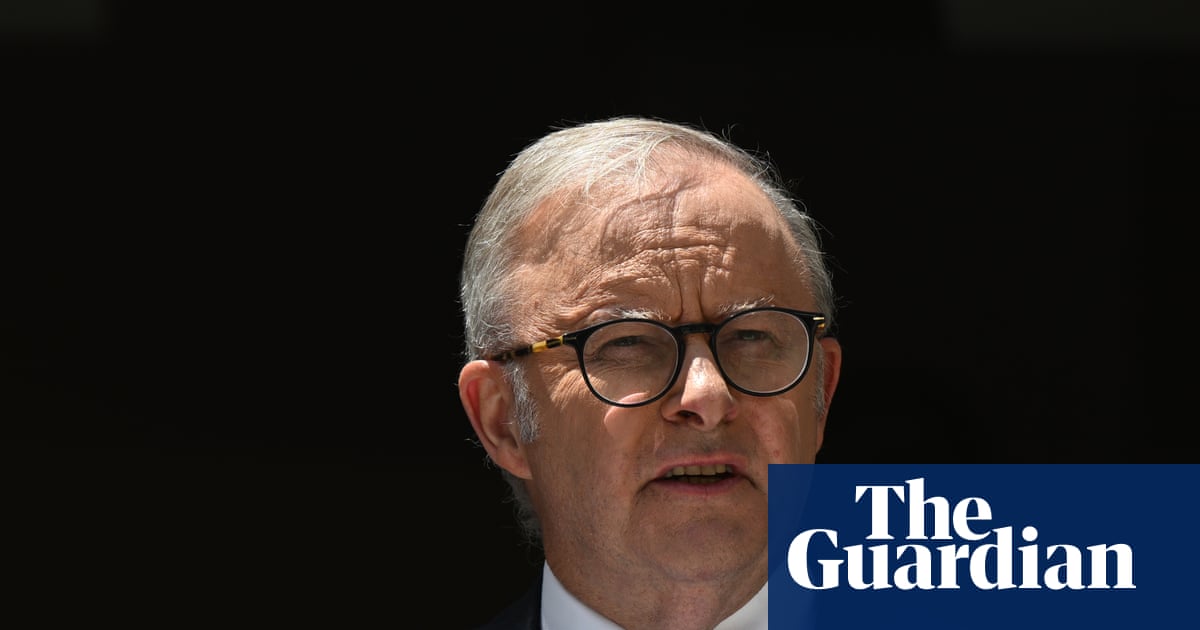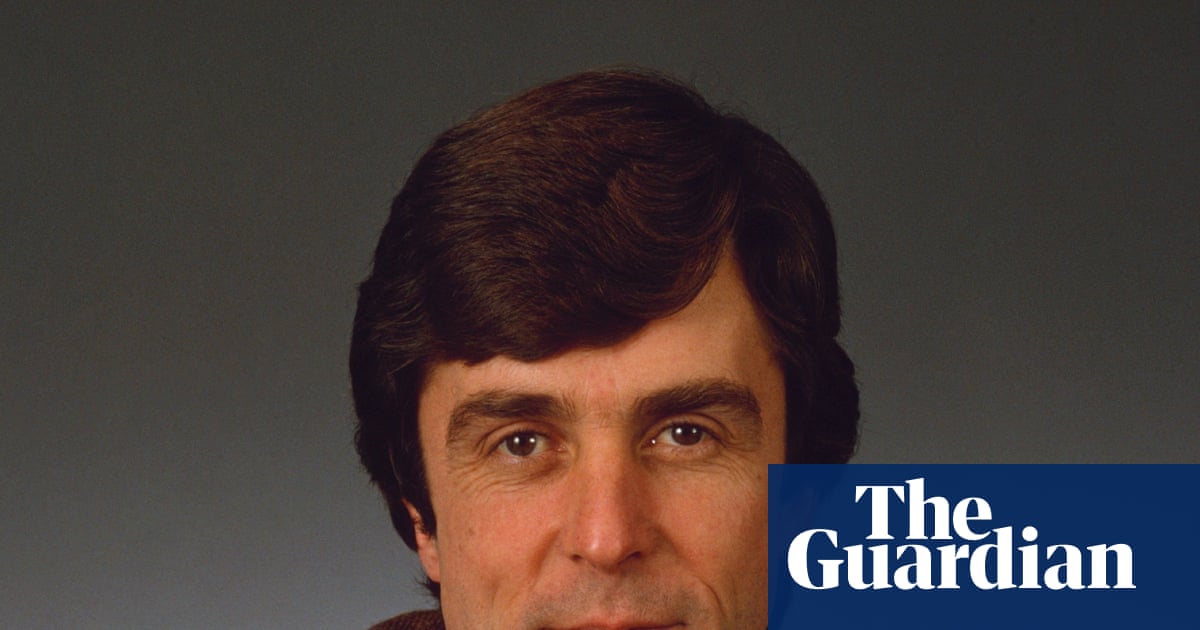Donald Trump has once again taken a wrecking ball to the rule of law and long-standing norms as he seeks to fire Lisa Cook, the Federal Reserve governor, and pursue his unprecedented assault on the central bank’s independence. Just as he failed to understand the huge problems his tariffs would create, Trump fails to understand the serious damage his attacks on the Federal Reserve could cause.
In April, Trump launched repeated attacks on the Fed, threatening to fire its chairman, Jerome Powell, and demanding it slash interest rates. Trump called Powell “a stupid guy” and said “Powell’s termination cannot come fast enough!” Trump ultimately chickened out on firing Powell after financial markets tumbled at the prospect, but he hasn’t stopped pressing the Fed to chop its rates – suggesting they should be below 1% – to spur the slowing economy. Although Trump keeps denying it, he inherited a robust economy from Joe Biden. It’s Trump’s tariffs and the humongous economic uncertainty they created that have dragged down economic growth.
The reason most central banks worldwide have independence is that lawmakers realized long ago that if presidents or prime ministers control central banks, they will often cut interest rates too aggressively to goose economic growth short-term and lift their popularity. But a few years hence, that often leaves the nation, and their successors, with painfully high inflation.
Trump apparently holds the misbegotten notion that if he takes control of the Fed and its interest rates, then only good things will happen. He’s convinced that this would not only reduce the interest rates that consumers pay on mortgages, but would save the federal government huge sums by reducing the interest rates paid on the bonds that finance the nation’s colossal $37.5tn debt.
But central bankers and economists warn that Trump-orchestrated rate cuts could backfire big time. In a New York Times opinion piece, Ben Bernanke and Janet Yellen, former Federal Reserve chairs, wrote: “A particularly clear lesson of history is that when central banks are forced to finance government deficits – by keeping interest rates excessively low, to cite one possibility – the result is inevitably higher inflation and economic damage.”
In other words, if Trump muscles his way into controlling the Fed and slashing its rates, financial markets might worry that Trump’s power play will further push up inflation (beyond the inflation his tariffs are already causing). Core inflation is running at 3.1%, well above the Fed’s target of 2.0%. That’s a big reason Powell opposes steep rate cuts (notwithstanding the Fed’s quarter-percent rate cut on Tuesday).
As any non-Trumpian economist will tell you, the higher inflation resulting from Trump-induced rate cuts is likely to cause interest rates to rise on mortgages, auto loans and the bonds that finance the nation’s $37.5tn debt. What’s more, that higher inflation could rattle stock markets and cause the dollar to sink against other currencies.
Never an assiduous student of history, Trump probably doesn’t realize that some not-too-distant episodes of political interference in Fed policy didn’t end well. After the second world war, Harry Truman’s treasury department pressured the Fed to hold down interest rates to make it easier to finance the war debt. That helped fuel double-digit inflation in the late 1940s.
Richard Nixon pressed Arthur Burns, then Federal Reserve chair, to hold down interest rates to help Nixon win re-election 1972. By doing Nixon’s bidding, Burns helped fuel a burst of late 70s inflation that caused his successor as Fed chair, Paul Volcker, to jack up interest rates to 20% to tame inflation. Those 20% rates threw the US into a deep recession. “Once Fed credibility is lost, it can be costly to regain, as the depth of the Volcker recession demonstrated,” Bernanke and Yellen wrote.
Then there’s the case of Turkey, where Recep Tayyip Erdoğan ended the central bank’s independence and engineered big interest rate cuts to goose Turkey’s economy. Soon, Turkey’s inflation soared to 80% as its currency went into free fall. Ultimately, a chastened Erdoğan appointed a central bank head who hiked interest rates to 50% from 8.5% to sharply reduce inflation.
Trump’s supporters say no way would he be so unwise or aggressive on interest rates, but didn’t he impose a sky-high 145% tariff on China? This summer, Trump urged the Fed to slash rates from 4.5% to 1% or 1.5%. Paul Krugman, a Nobel prize-winning economist, wrote, “That’s an enormous drop – one which has never been done except in the teeth of a deep recession … the implications will be profound and disastrous. The United States will be well on its way to becoming Turkey, where an authoritarian ruler imposed his crackpot economics on the central bank, sending inflation soaring to 80%.”
In recent weeks, Trump has stepped up his war on the Fed’s independence. He nominated Stephen Miran, head of the Council of Economic Advisers, to be a Fed governor. Miran, who was confirmed this week, said he would take a leave of absence from the economic council – as opposed to resigning – in a move showing more loyalty to Trump than Fed independence.
By seeking to fire Lisa Cook, Trump became the first president in US history to try to remove a Fed governor. Trump’s move appeared to violate the Federal Reserve Act of 1913, which says Fed governors can only be fired for “cause”. Trump ordered her firing without giving her any due process, saying he was firing her because, he said, she owns two different homes that she calls primary residences even though there’s strong evidence she told her bank that one was a vacation home.
Thus far two lower courts have enjoined Cook’s firing and on Thursday, Trump appealed the case to the supreme court. If the justices uphold Trump’s firing of Cook despite the slim evidence that she did anything wrong, then every Fed governor will fear getting fired if they do the least thing Trump doesn’t like – for instance, if they oppose cutting rates because inflation is rising due to Trump’s tariffs.
Over the years, everyone from progressive economists to Republican presidents have urged the Fed to cut rates to speed growth and reduce unemployment. (In 1992, I did an Oval Office interview with George HW Bush in which he called on the Fed to lower rates.) It’s healthy discourse for Americans – whether presidents, politicians or professors – to urge the Fed to cut rates. But it’s not at all healthy for a president to destroy the Fed’s independence and turn its members into puppets who make decisions based on a their wishes instead of sound economics and data. That’s a dangerous recipe for fast-rising inflation and long-term interest rates.
Trump’s policies are largely responsible for today’s worsening economy: slowing growth, rising prices and soaring federal debt. Trump’s tariffs have undercut GDP growth and increased inflation, while his Big Beautiful tax cuts will add $3tn to the national debt and push up long-term interest rates.
Trump could go far to fix these problems by scrapping his unpopular tariffs and repealing his huge tax giveaway to the rich. But instead Trump wants the Federal Reserve to somehow fix those problems, and he will keep bullying, bashing and blaming the Fed unless it does his bidding.
Sadly, this is yet another example of Trump refusing to take responsibility for his policy mistakes and rushing to pin the blame on others.
-
Steven Greenhouse is a journalist and author, focusing on labour and the workplace, as well as economic and legal issues

 3 months ago
72
3 months ago
72

















































